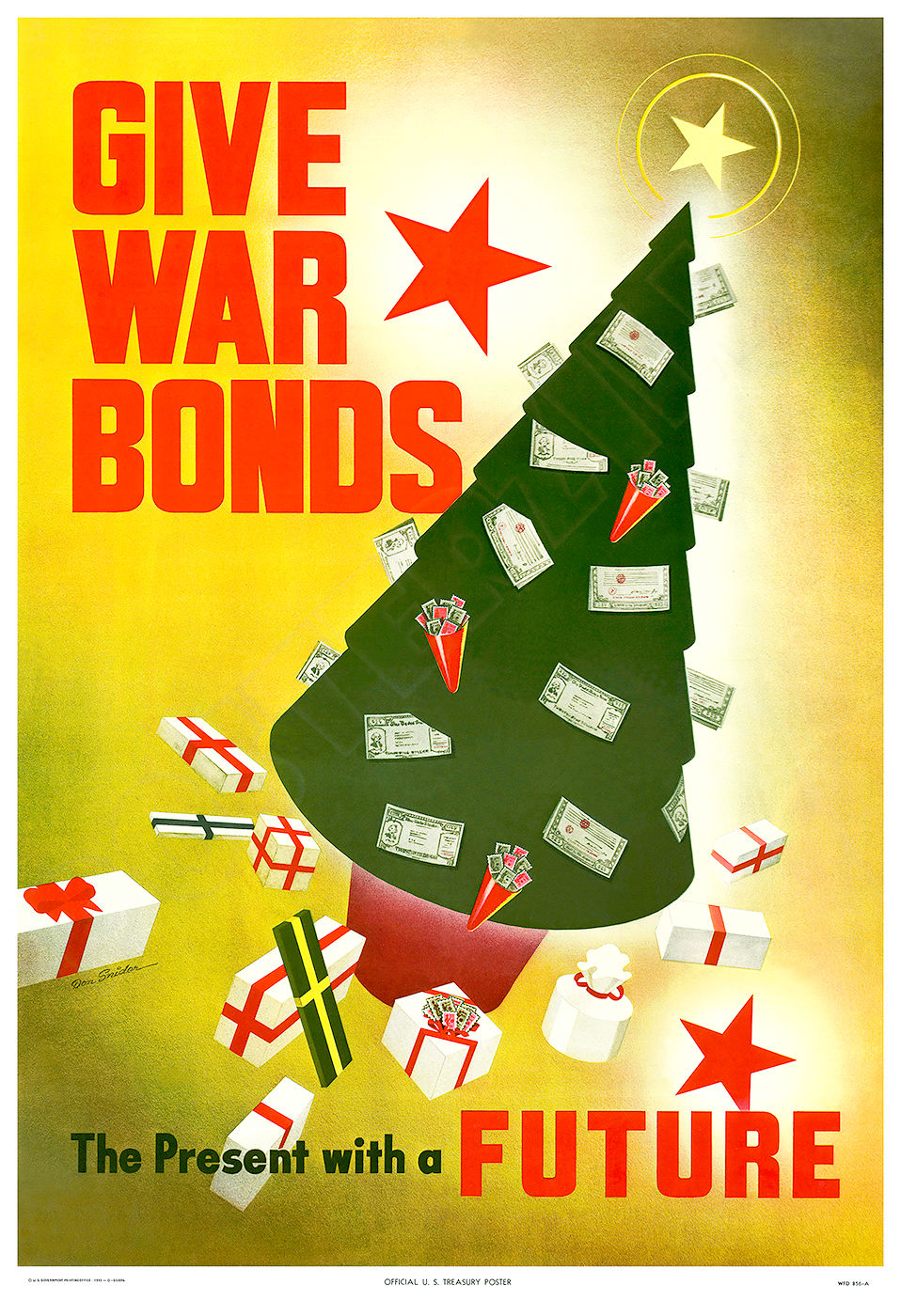This beautiful reproduction poster has been re-mastered from a 1930's WPA advertisement for the New York's Municipal Airports. The WPA (1935-1943) commissioned artists to create posters and advertisements for a wide variety of public projects and venues.
The vibrant colors and detail of this classic image have been painstakingly brought back to life to preserve a great piece of history.
The high-resolution image is printed on heavy archival photo paper, on a large-format, professional giclée process printer. The poster is shipped in a rigid cardboard tube, and is ready for framing.
The 13"x19" format is an excellent image size that looks great as a stand-alone piece of art, or as a grouped visual statement. These posters require no cutting, trimming, or custom framing, and a wide variety of 13"x19" frames are readily available at your local craft or hobby retailer, and online.
A great vintage print for your home, shop, or business!
WPA – WORKS PROGRESS ADMINISTRATION - HISTORY
Emergency Relief Appropriation Act of 1935
The Works Progress Administration (WPA; renamed in 1939 as the Work Projects Administration) was the largest and most ambitious American New Deal agency, employing millions of people (mostly unskilled men) to carry out public works projects, including the construction of public buildings and roads. In a much smaller project, Federal Project Number One, the WPA employed musicians, artists, writers, actors and directors in large arts, drama, media, and literacy projects.
Almost every community in the United States had a new park, bridge, or school that was constructed by the agency. The WPA's initial appropriation in 1935 was for $4.9 billion (about 6.7 percent of the 1935 GDP).
Headed by Harry Hopkins, the WPA provided jobs and income to the unemployed during the Great Depression in the United States, while developing infrastructure to support the current and future society. At its peak in 1938, it provided paid jobs for three million unemployed men and women, as well as youth in a separate division, the National Youth Administration. Between 1935 and 1943, when the agency was disbanded, the WPA employed 8.5 million people. Most people who needed a job were eligible for employment in some capacity. Hourly wages were typically set to the prevailing wages in each area. Full employment, which was reached in 1942 and emerged as a long-term national goal around 1944, was not the goal of the WPA; rather, it tried to provide one paid job for all families in which the breadwinner suffered long-term unemployment.
"The stated goal of public building programs was to end the depression or, at least, alleviate its worst effects," sociologist Robert D. Leighninger asserted. "Millions of people needed subsistence incomes. Work relief was preferred over public assistance (the dole) because it maintained self-respect, reinforced the work ethic, and kept skills sharp.
The WPA was a national program that operated its own projects in cooperation with state and local governments, which provided 10–30% of the costs. Usually the local sponsor provided land and often trucks and supplies, with the WPA responsible for wages (and for the salaries of supervisors, who were not on relief). WPA sometimes took over state and local relief programs that had originated in the Reconstruction Finance Corporation (RFC) or Federal Emergency Relief Administration programs (FERA).
It was liquidated on June 30, 1943, as a result of low unemployment due to the worker shortage of World War II. The WPA had provided millions of Americans with jobs for eight years.
top of page
$19.95Price
These are simply the best posters available! You will be thrilled with the image quality, vivid colors, fine paper, and unique subjects.
Our posters are sized for standard off-the-shelf frames, with no custom framing required, providing huge cost savings!
Related Products
bottom of page
































